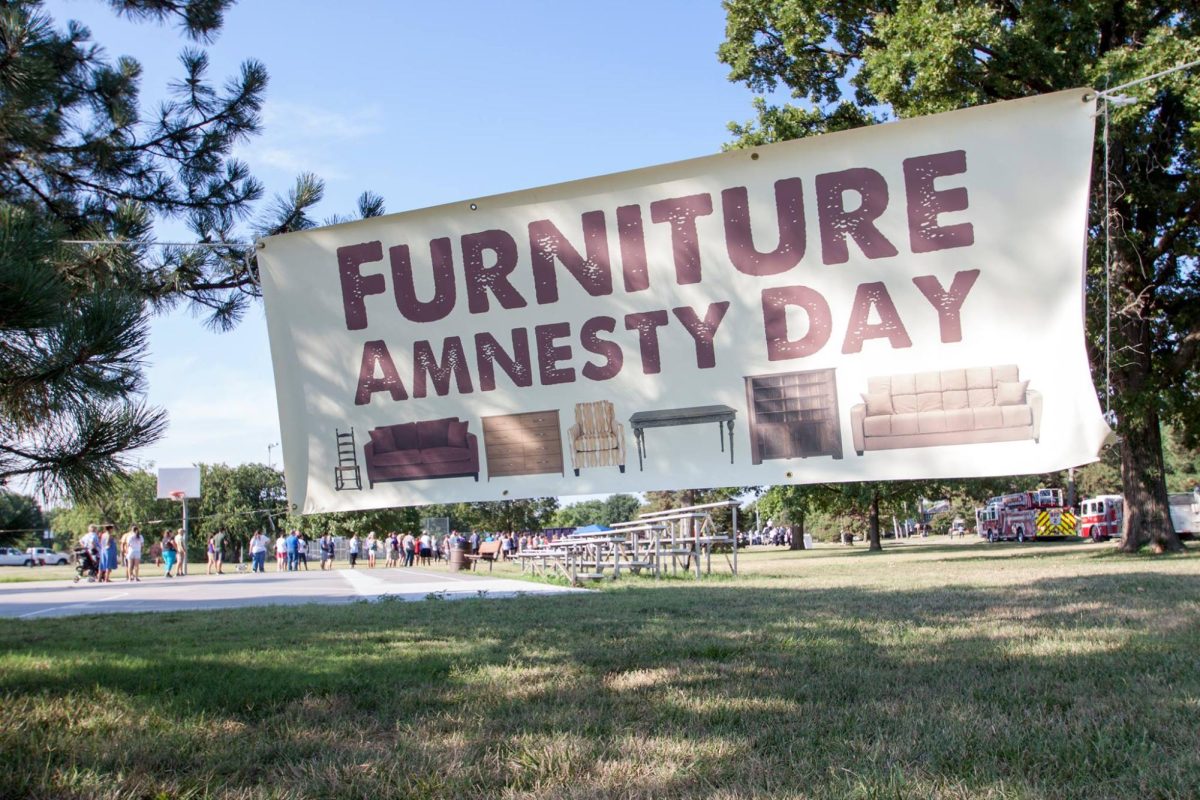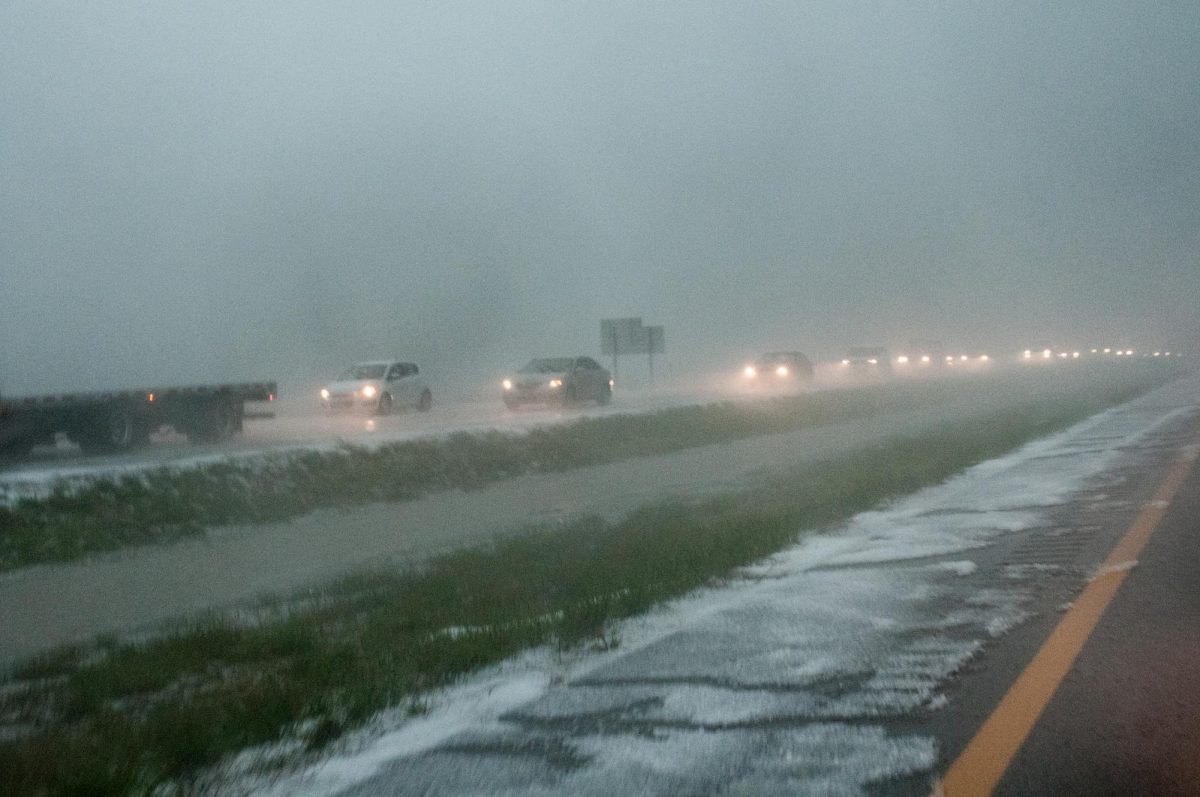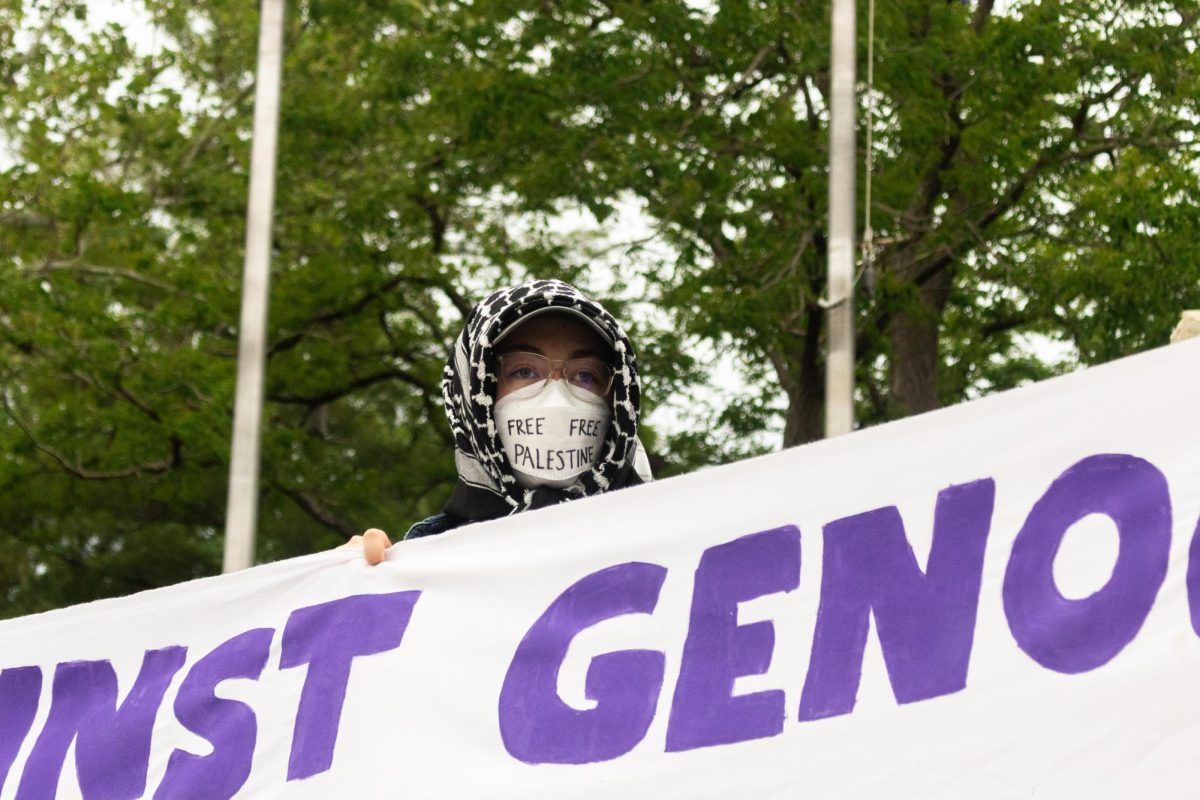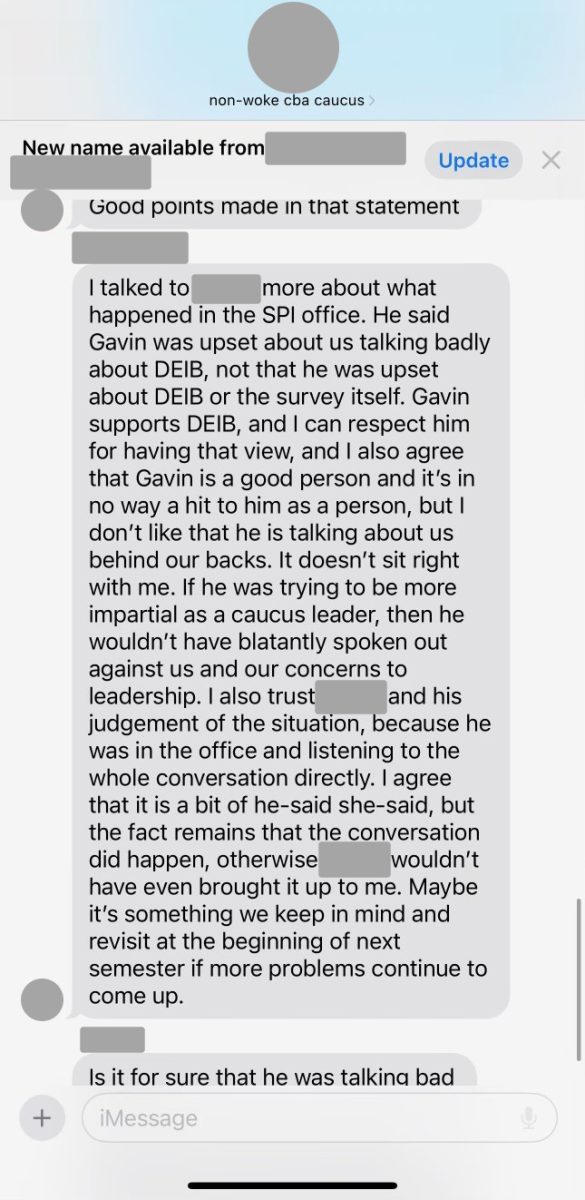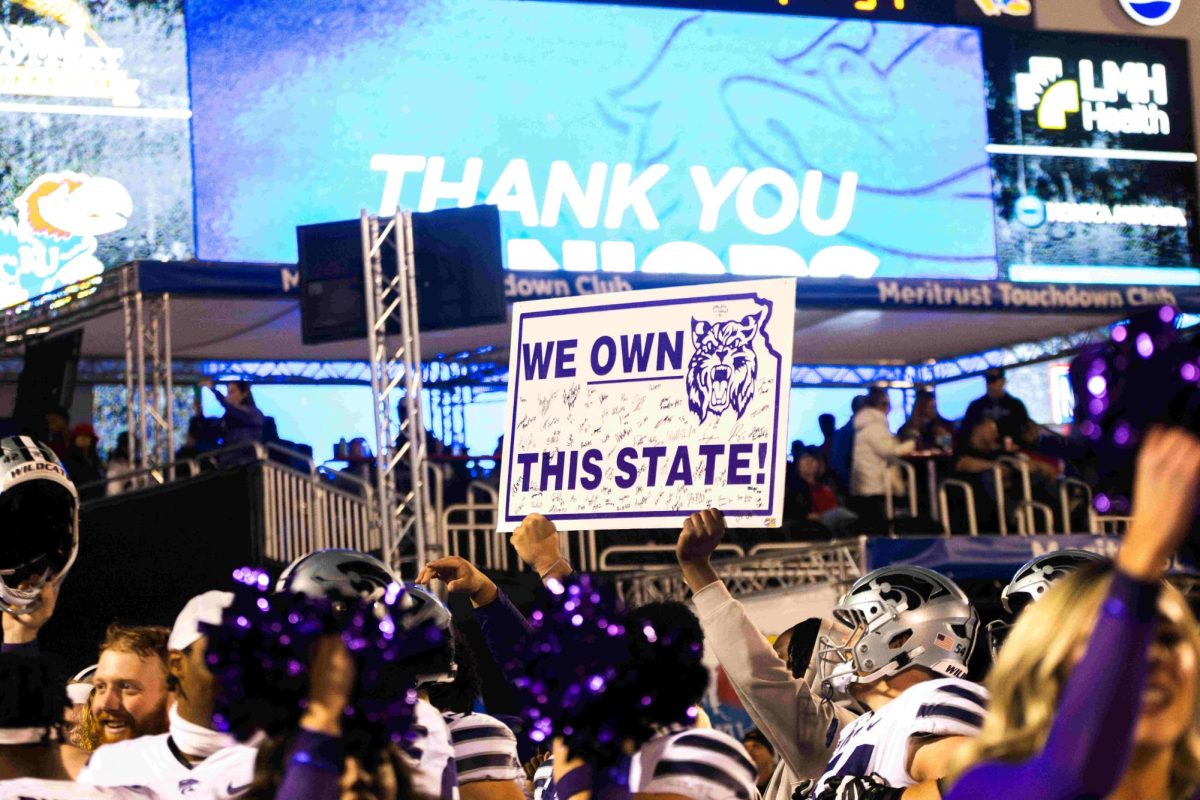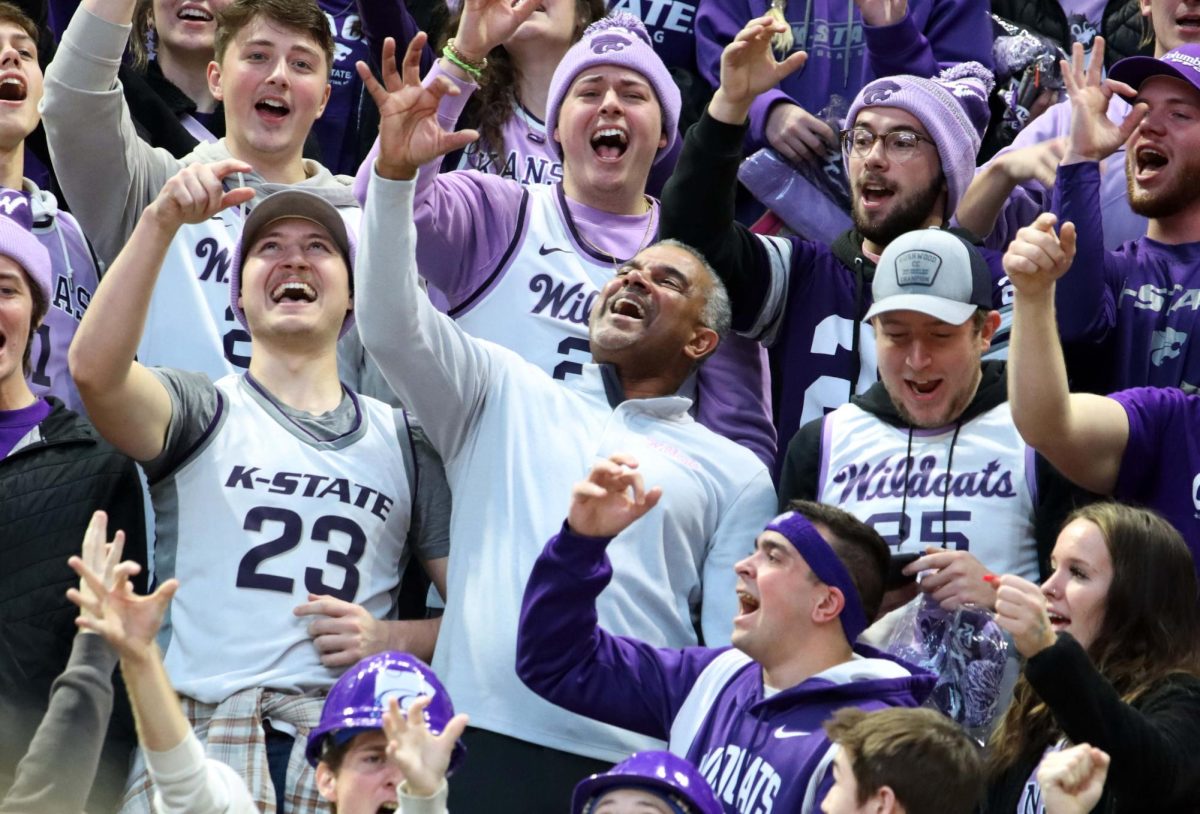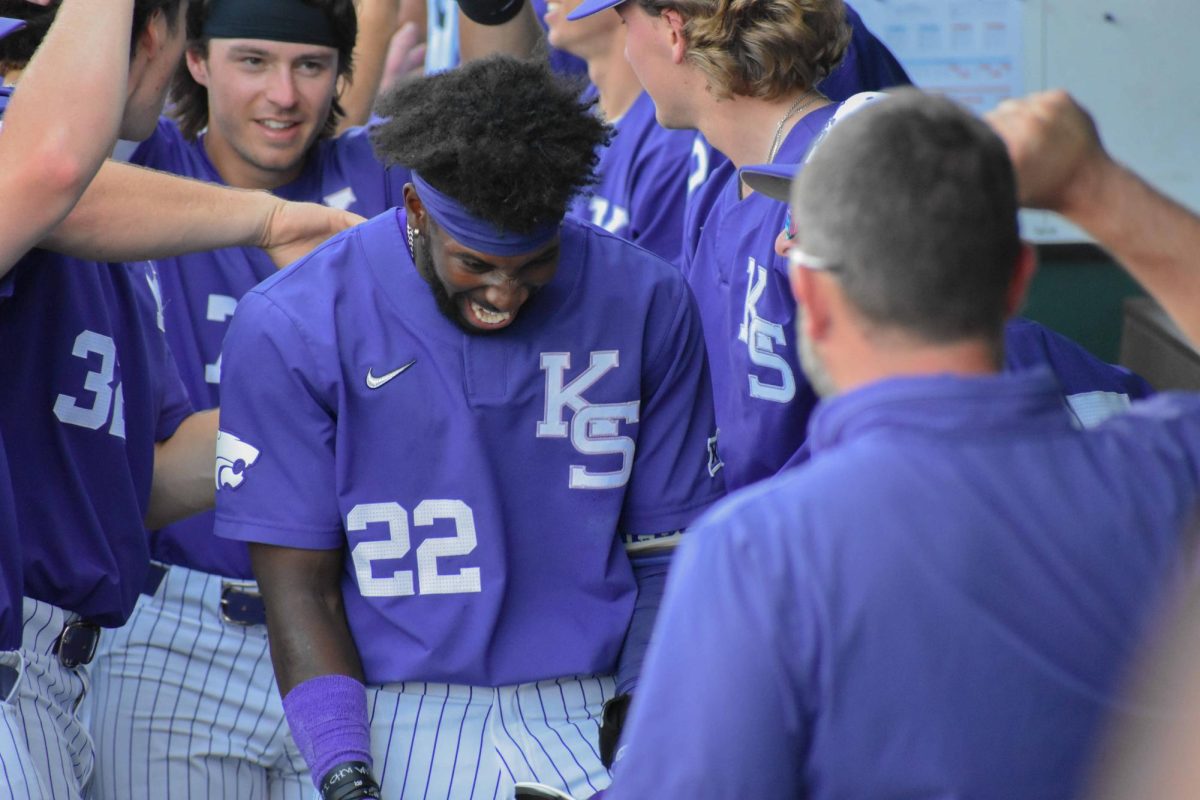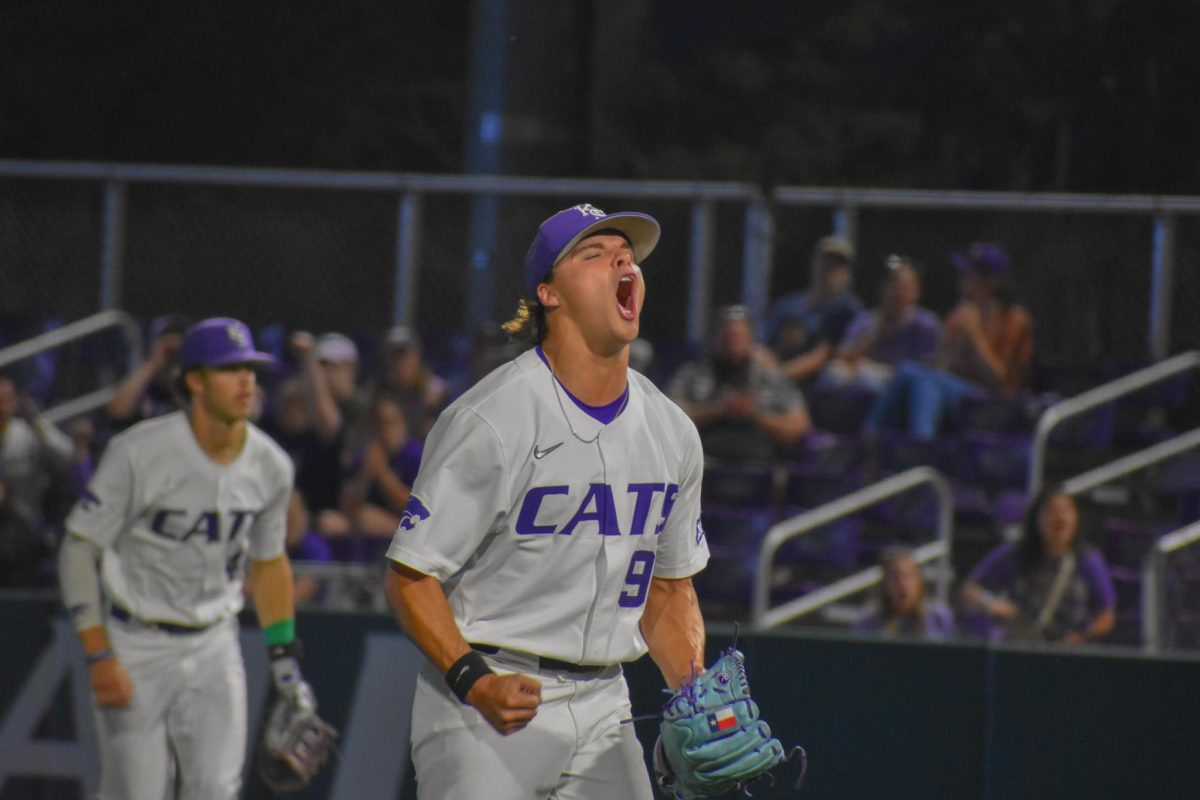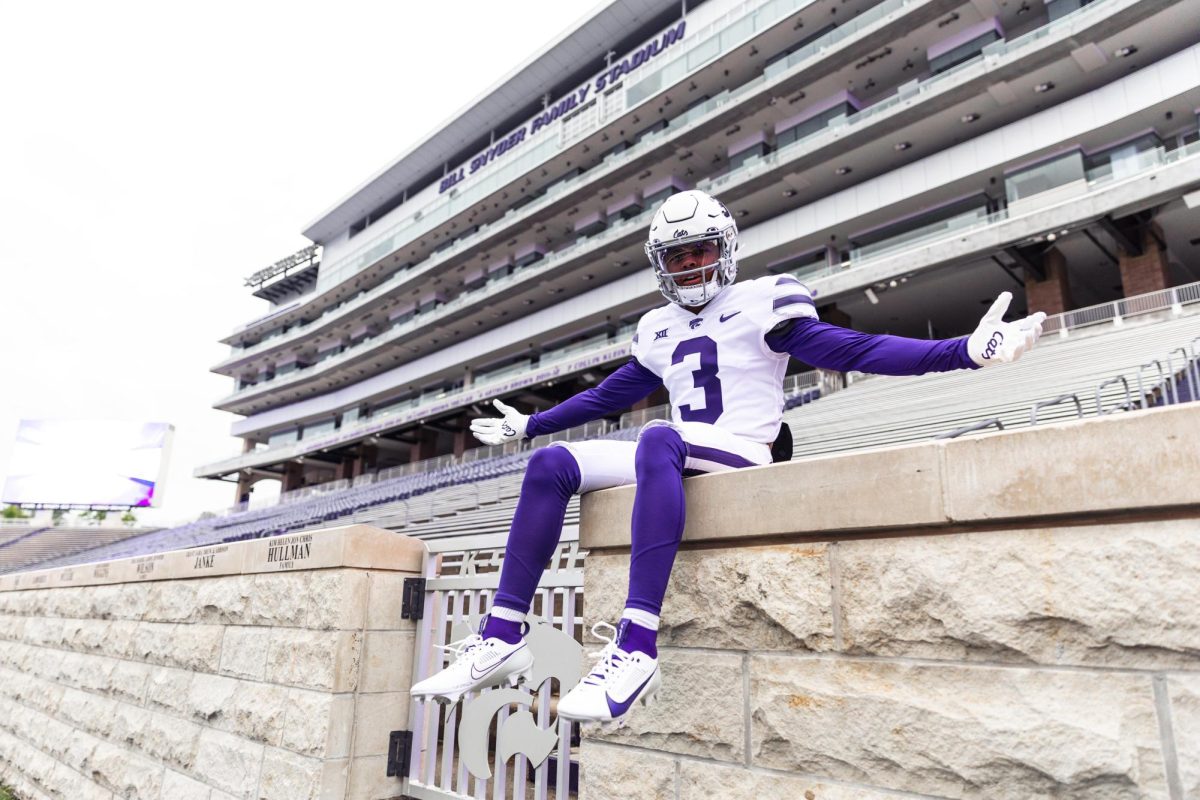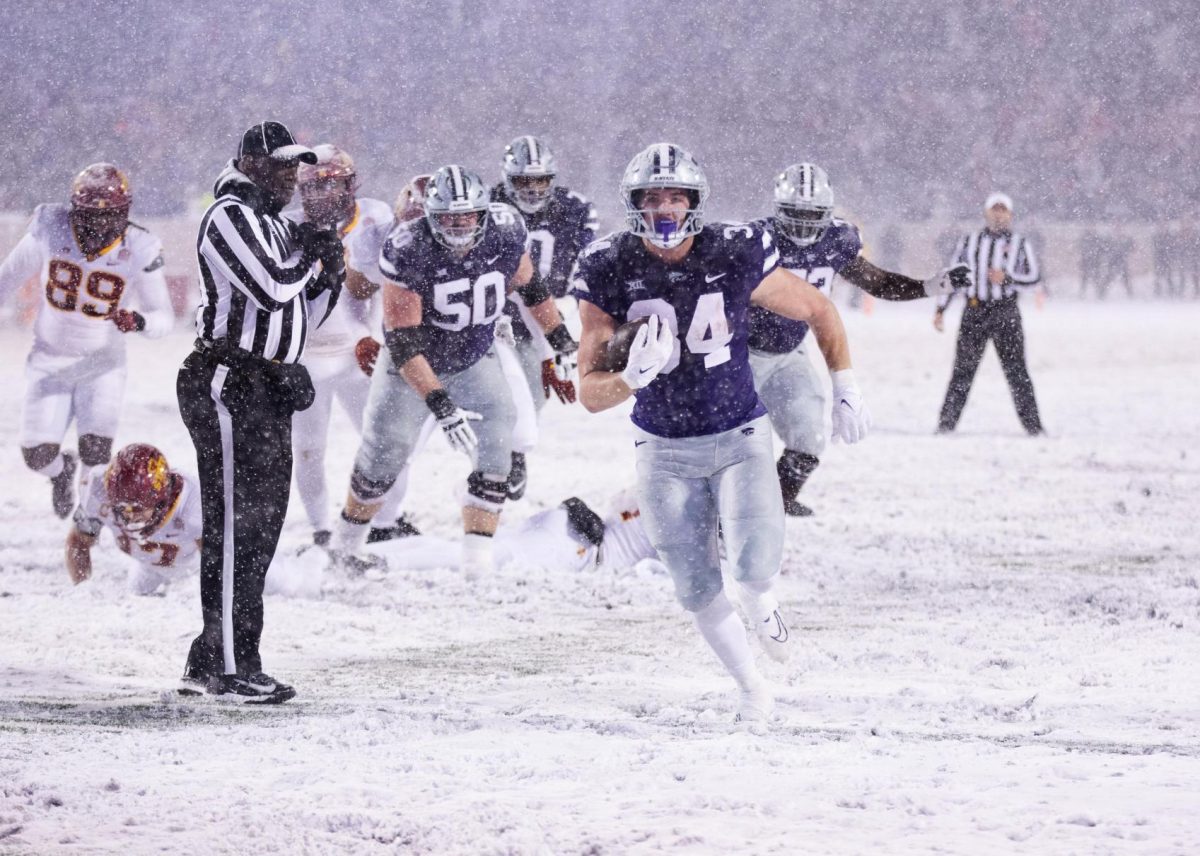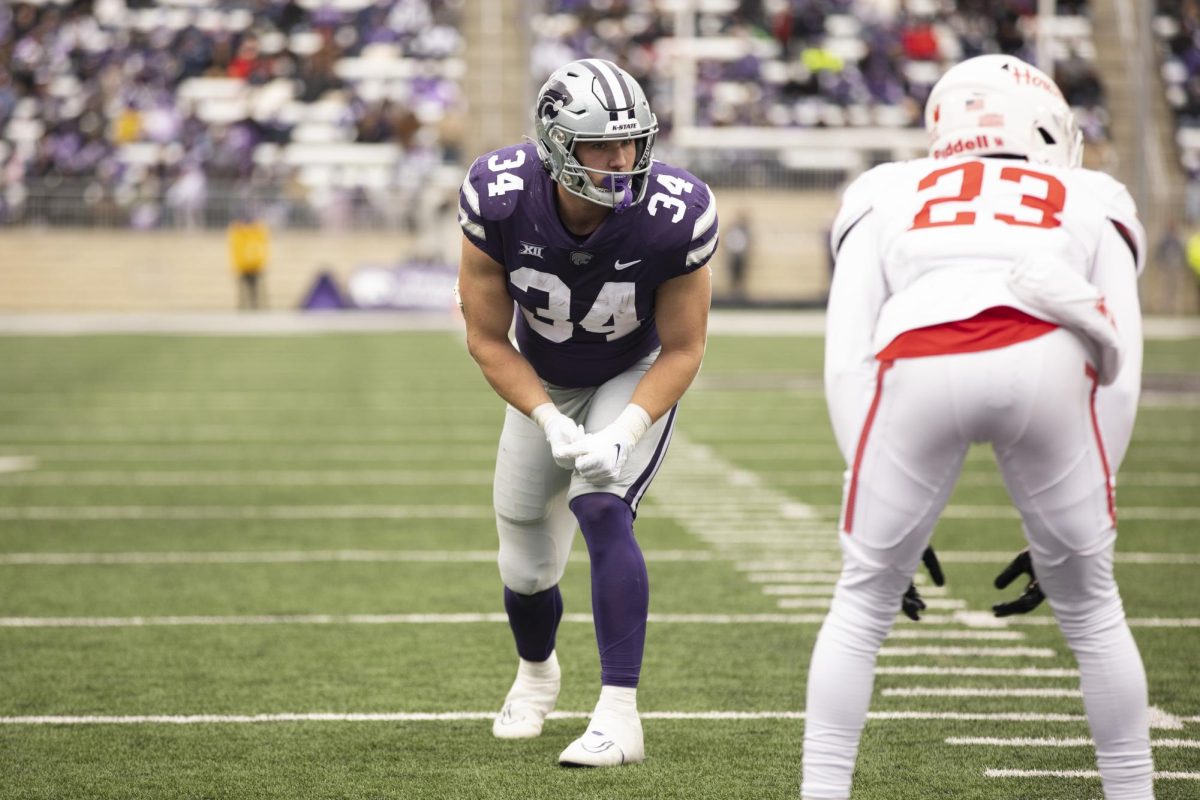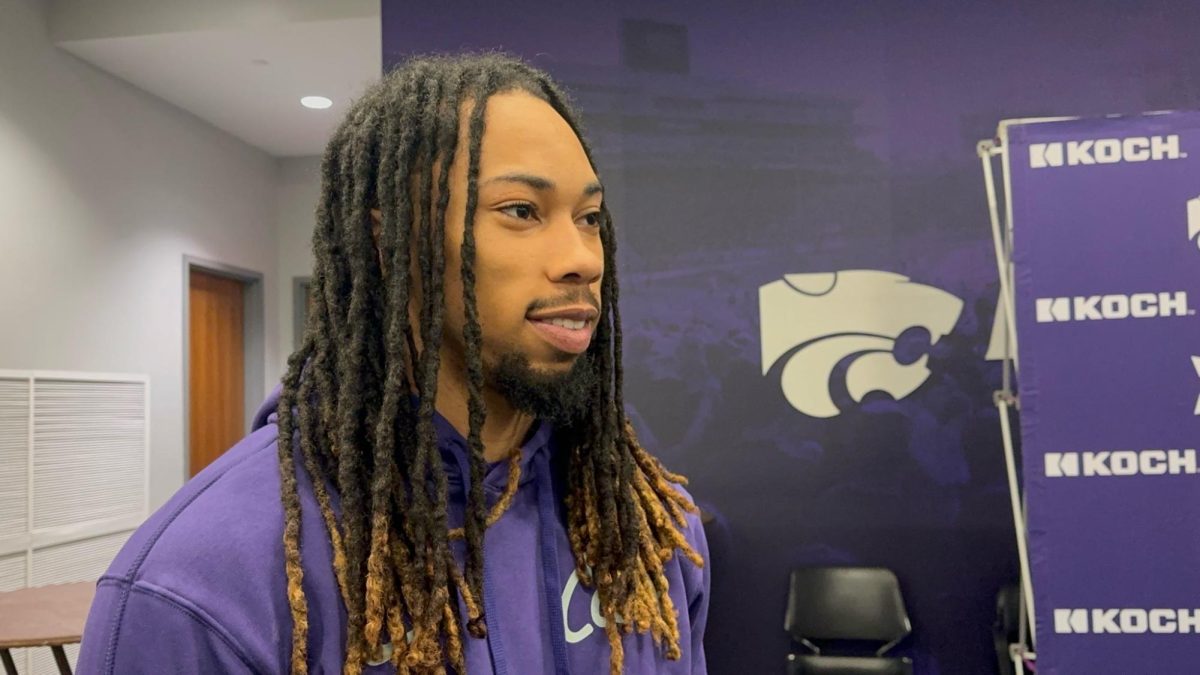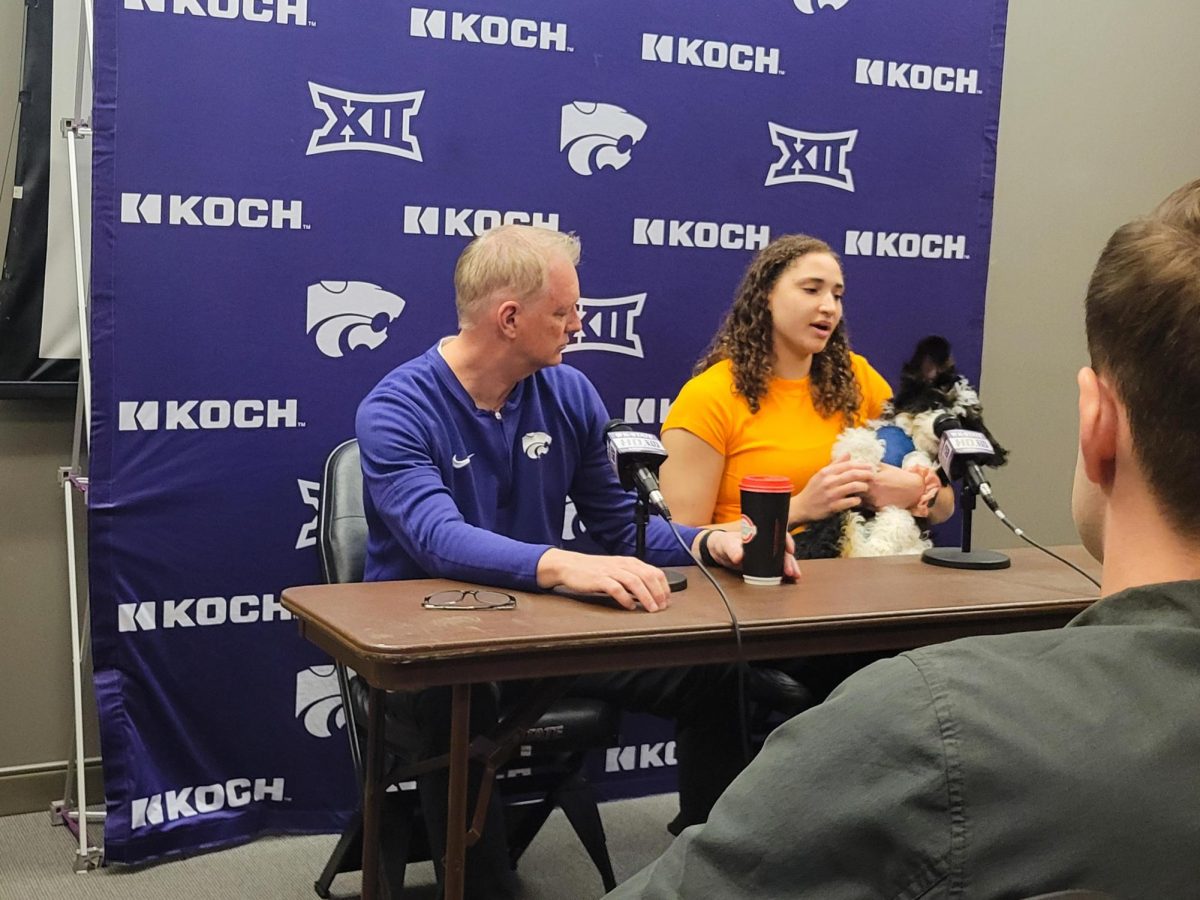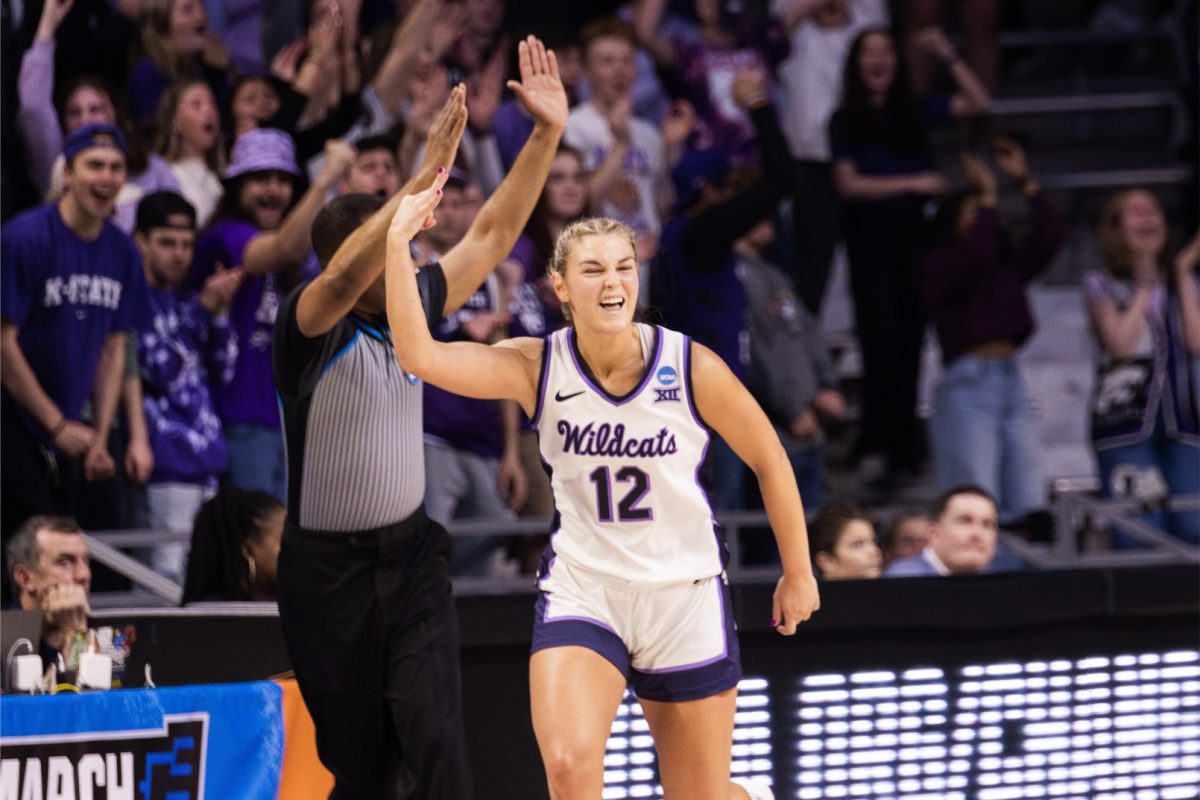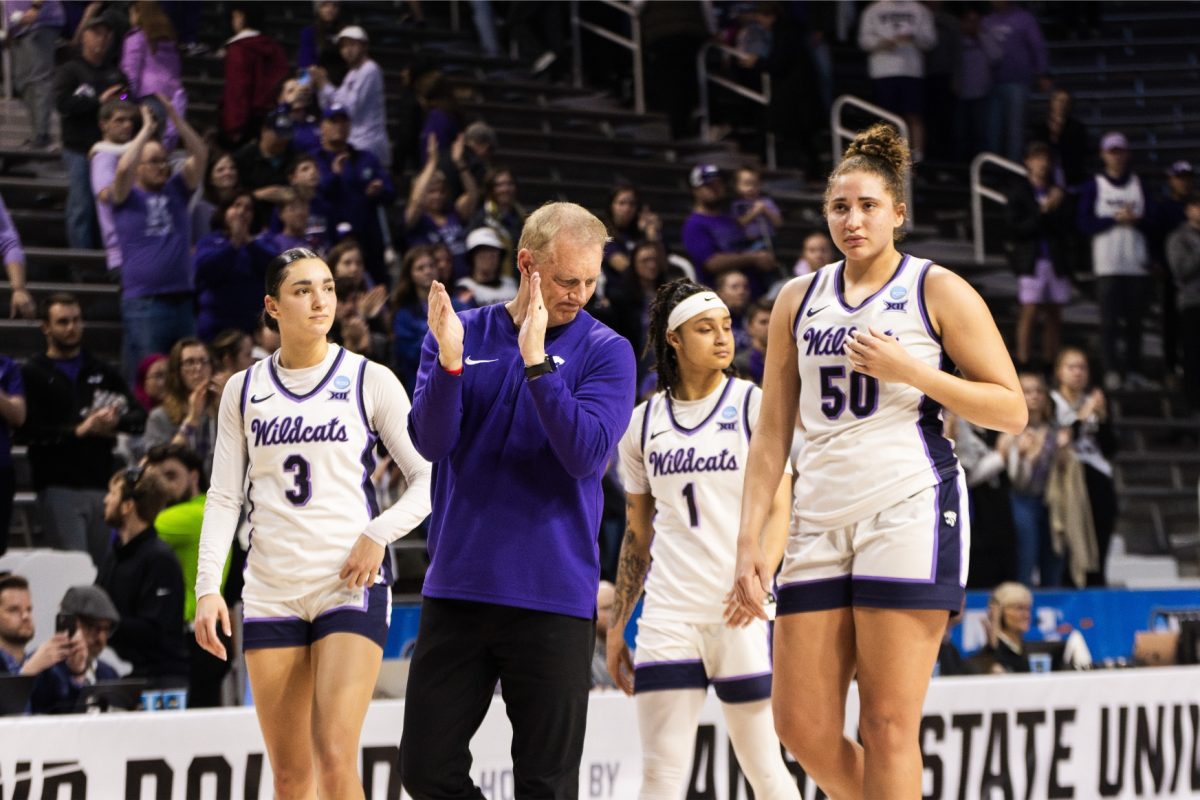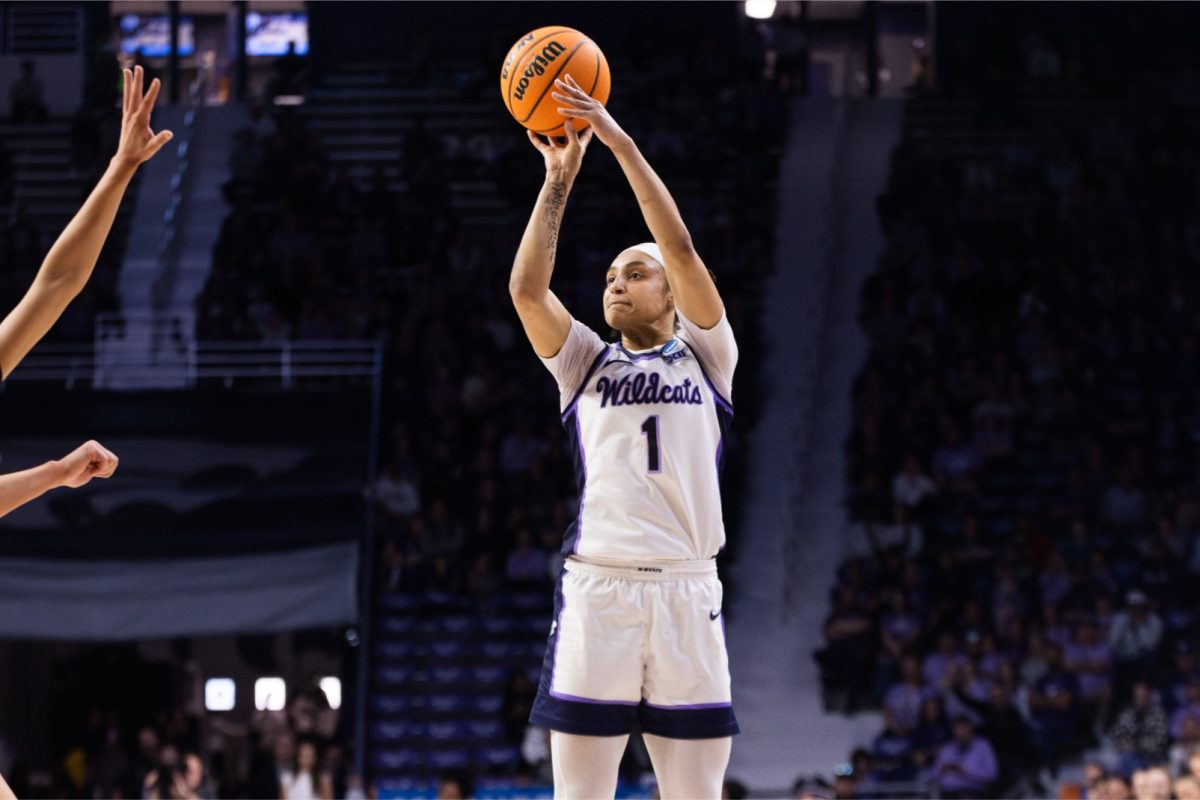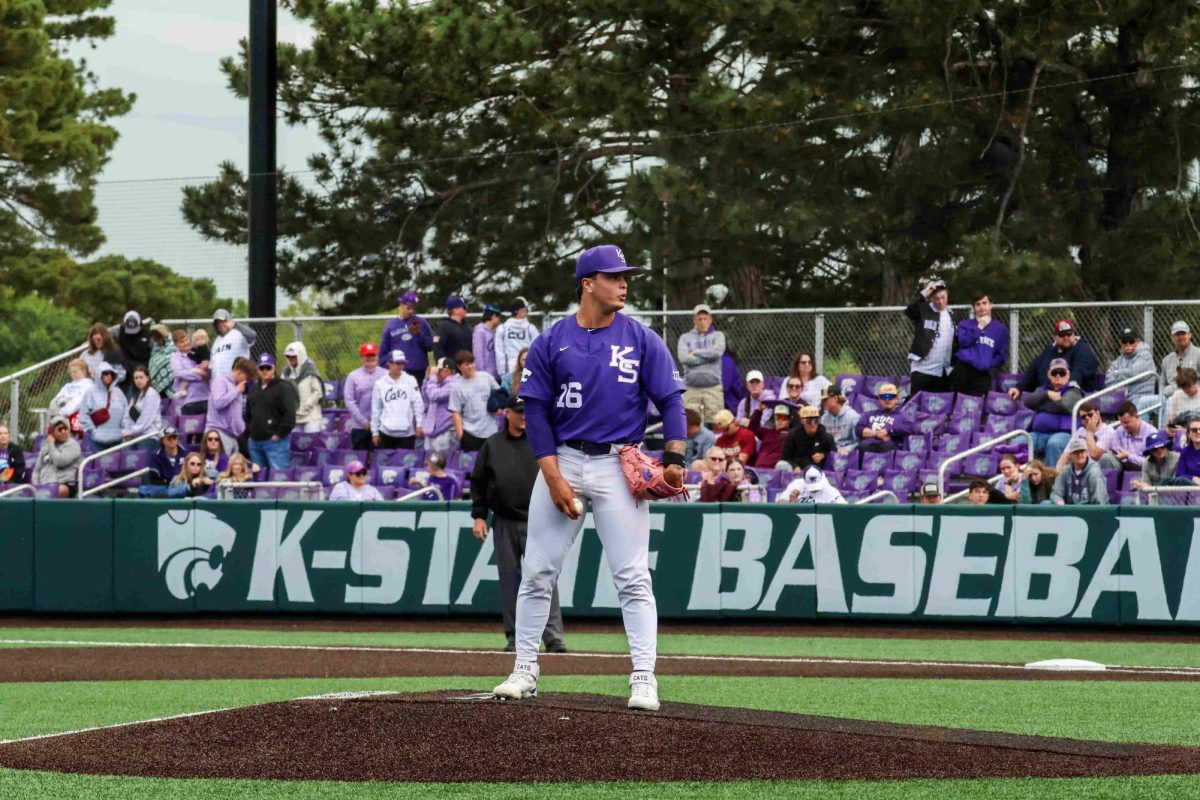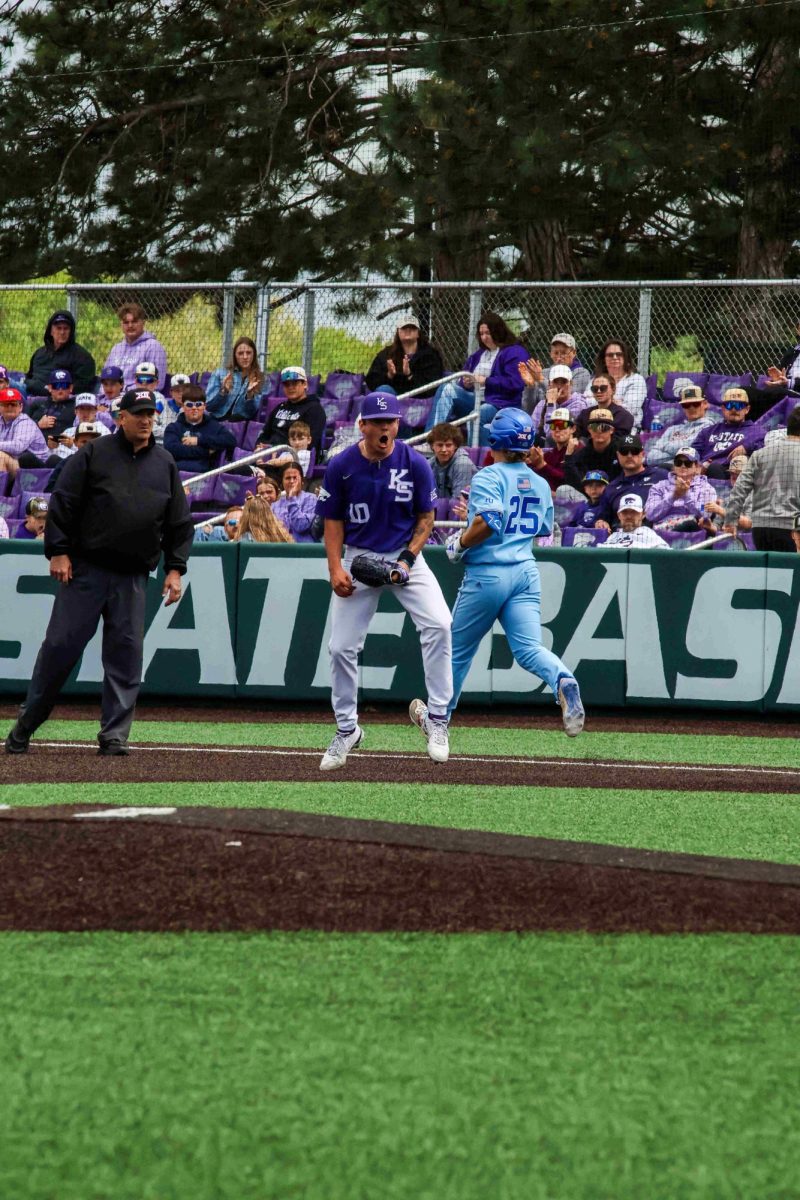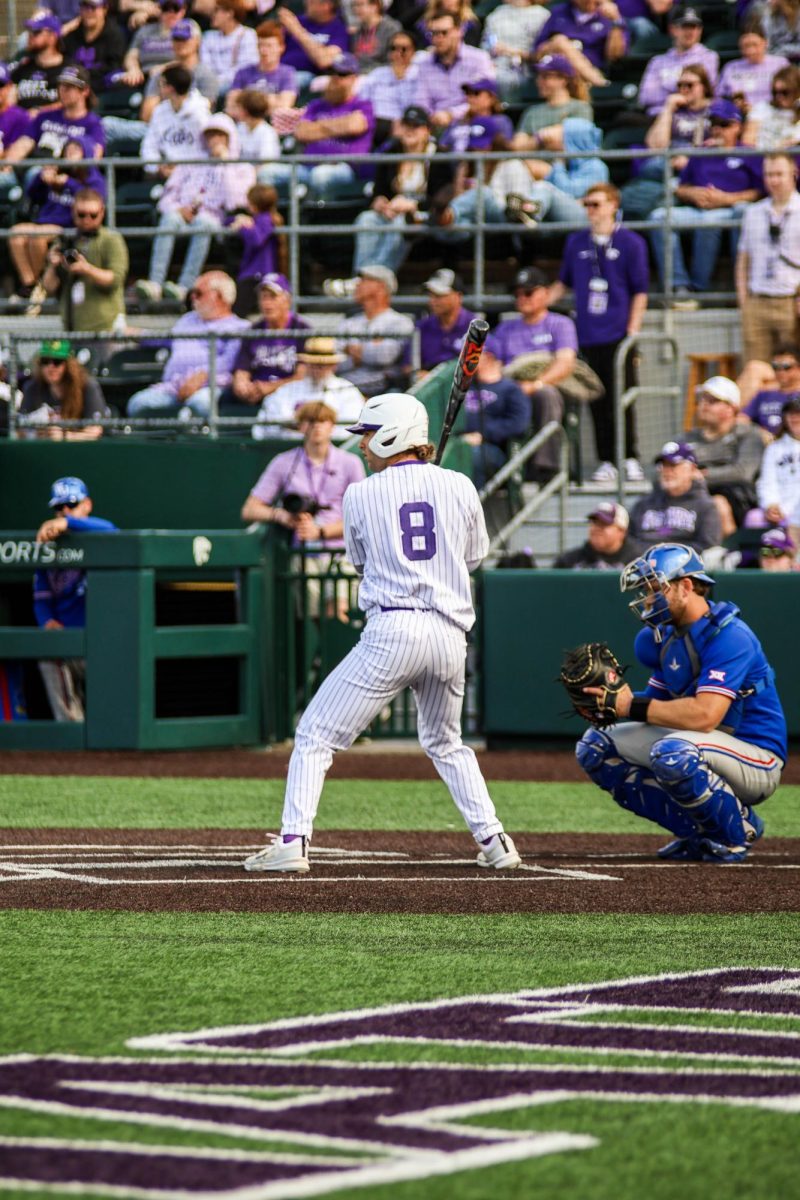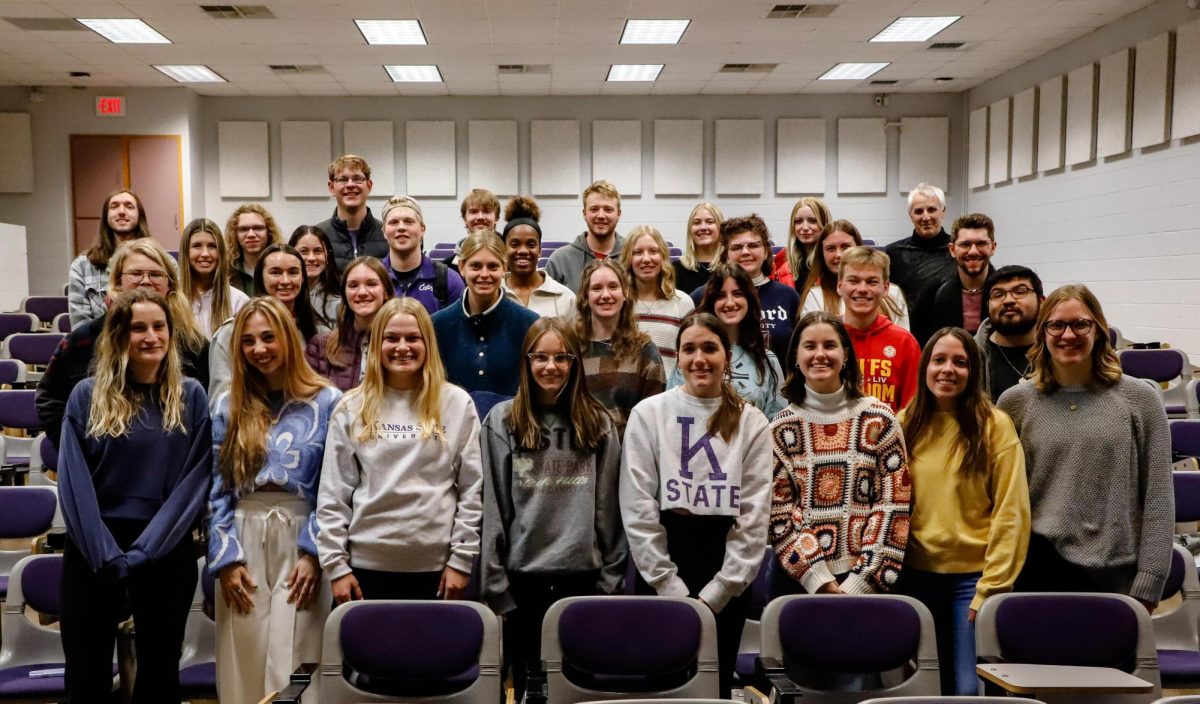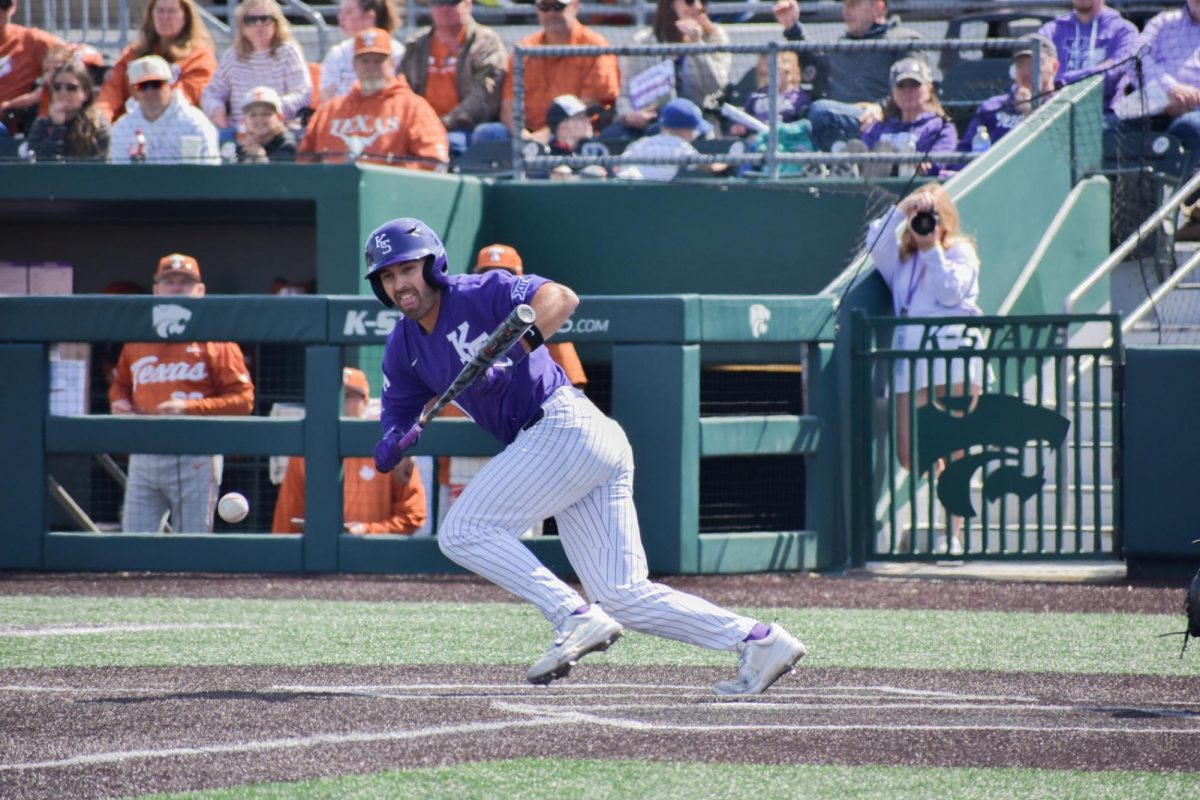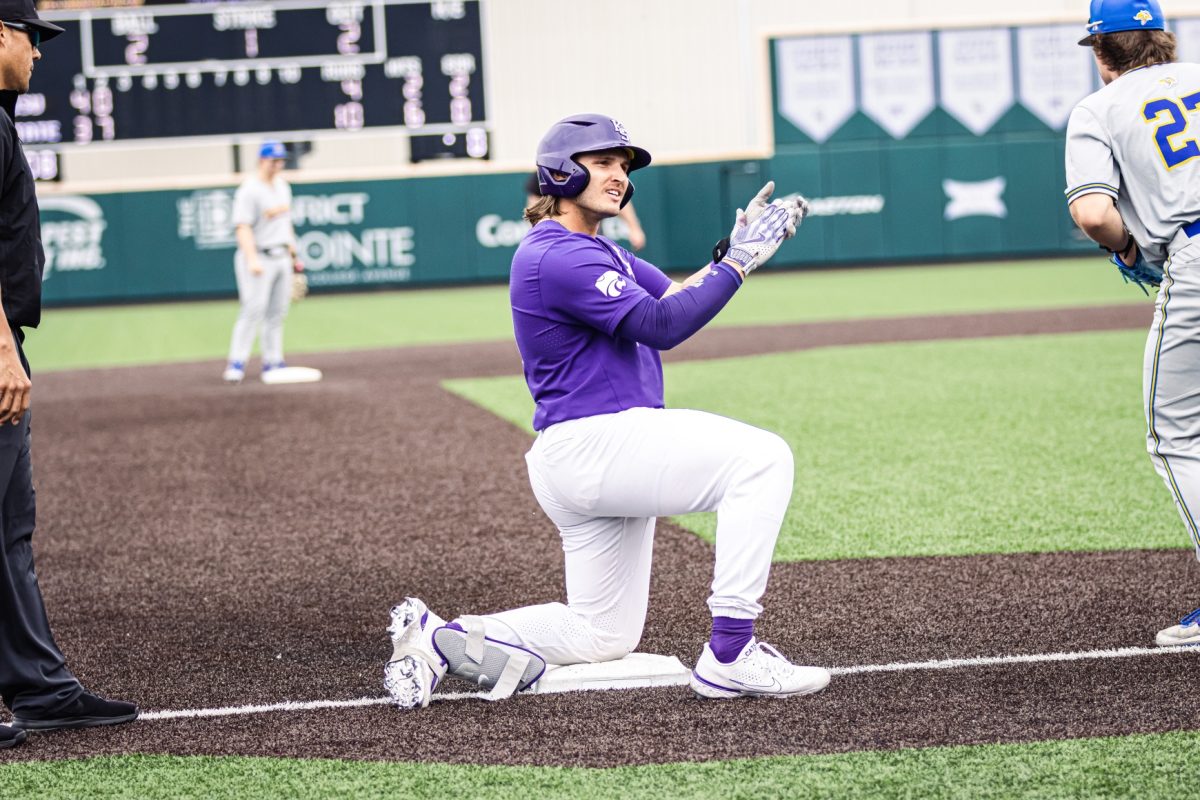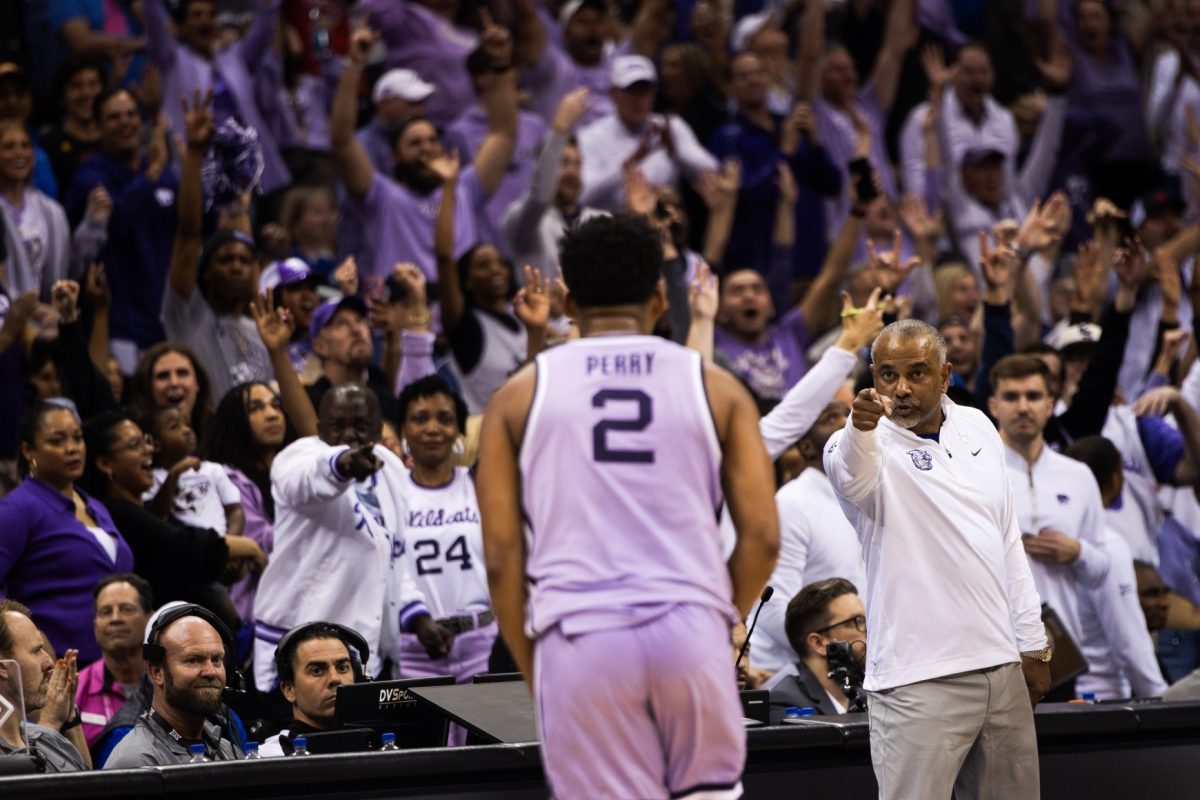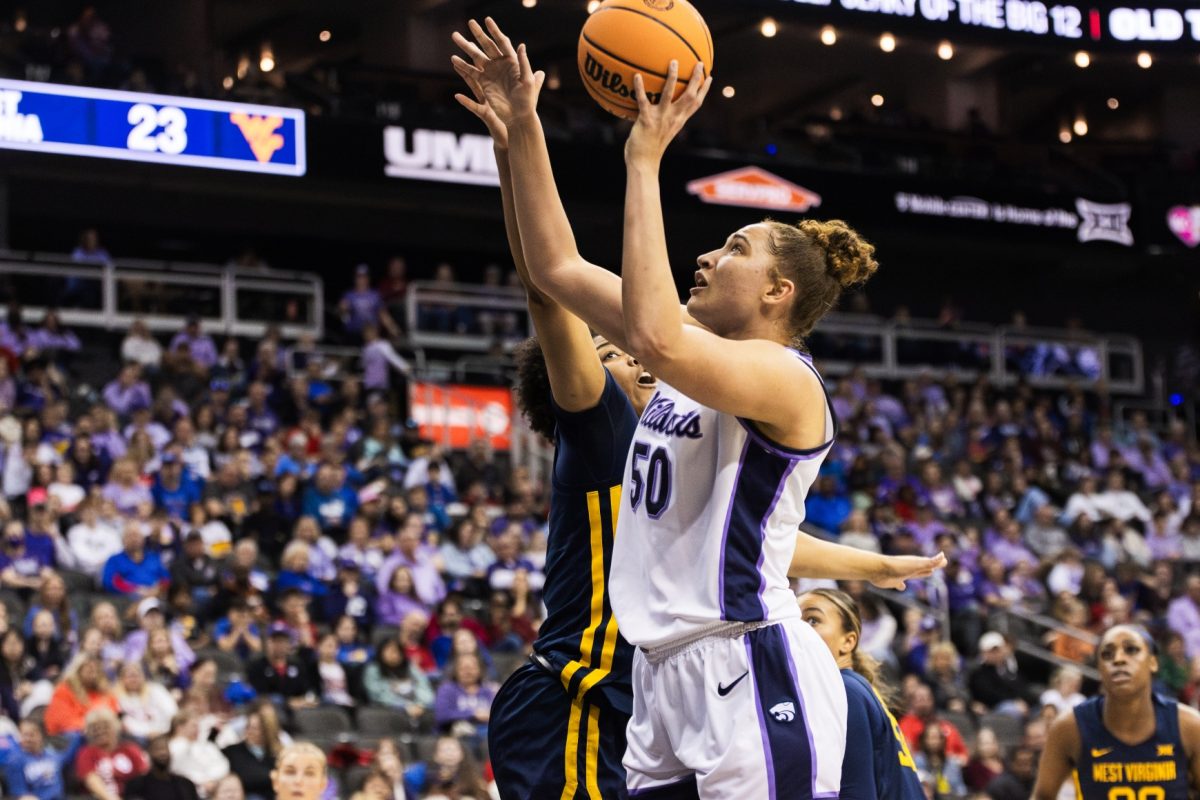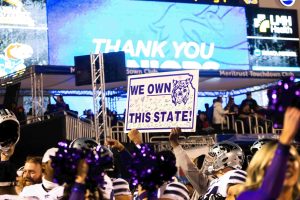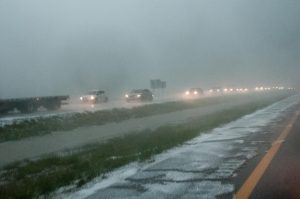Driving down Anderson Avenue, you can quickly see a pressing issue that affects all Manhattan residents daily: the deteriorating condition of our roads. From side streets to main roadways, Manhattan streets are littered with potholes. According to the American Automobile Association, in 2021 damage caused by potholes cost drivers $26.5 billion nationally. According to Auto Insurance, average Kansas drivers spend $509 annually because of poor road conditions. Why does it seem especially bad this year, and why are the roads always worse in the spring?
Weather woes
The weather in Kansas plays a significant role in the degradation of its roads. From scorching hot, humid summers to cold, icy winters, engineers have a difficult time keeping up.
Roads are made of porous materials — when it snows, water gets into those small cracks and turns to ice. The freeze-thaw cycles are particularly damaging because water expands when it freezes, expanding streets’ holes. Our roads are weak when spring rolls around, meaning any car or truck driving over them will create a pothole.
Lack of funding and budget mismanagement
Road construction and repair are extremely expensive undertakings. Transportation for America estimates that a one-lane mile of road costs $24,000 per year to maintain. With Manhattan’s 355 miles of roads, it would cost roughly $8.52 million annually to maintain our roadways. Keeping the roads in good condition is a never-ending juggling act for cities nationwide, and Manhattan is no different.
The Kansas legislature created the State Highway Fund from gasoline sales tax. It pays $5,000 per year, per lane, per mile for the maintenance of streets and highways in cities. To make up for the lack of funding for gasoline sales tax, Manhattan voters approved a special 10‐year, two‐tenths sales tax in 2016 dedicated for streets. Between these two sources of revenue the city gets roughly $5.425 million annually, well short of the estimated $8,520,000.
While our roads are underfunded, RCPD got a $1.98 million increase in 2022, bringing their total budget over $26 million in 2024. The city also pays the Chamber of Commerce roughly $1 million annually for tourism promotion. These expenditures not only take away from maintaining the roads, but other amenities residents need.
Paving the way forward
To address these challenges, Manhattan needs to rethink its approach to transportation and urban planning. Introducing more public transportation options can significantly reduce the number of personal vehicles on the road, thereby diminishing road wear and tear. Public buses, light rail or even a tram system could offer viable alternatives for commuters. Manhattan previously had a streetcar from 1908 to 1927 that connected Manhattan and Junction City, showing the feasibility of such a project.
Moreover, the development of bike lanes would encourage cycling and further mitigate the problem. The League of American Bicyclists gave Kansas policies around bike infrastructure a “D” and funding a “C+,” making it the perfect time to invest and improve the infrastructure. Bike lanes provide a safe pathway for cyclists and contribute to reducing the overall traffic volume, which can have a positive impact on road longevity.
Our road conditions reflect a broader issue of infrastructure maintenance and misallocation of funds that requires immediate and innovative solutions. The combination of insufficient funding and poor budget allocation exacerbates the problem, leaving residents a labyrinth of potholes and deteriorating streets. By embracing public transportation, reviving historical transit systems and developing bike lanes, Manhattan can begin to mitigate poor road conditions. These initiatives will improve road conditions and foster a more sustainable and connected community.
As Manhattan looks to the future, it is imperative that our city planners and policymakers prioritize smart urban planning to ensure the safety and well-being of all residents, and pave the way for a smoother, more resilient Little Apple.

